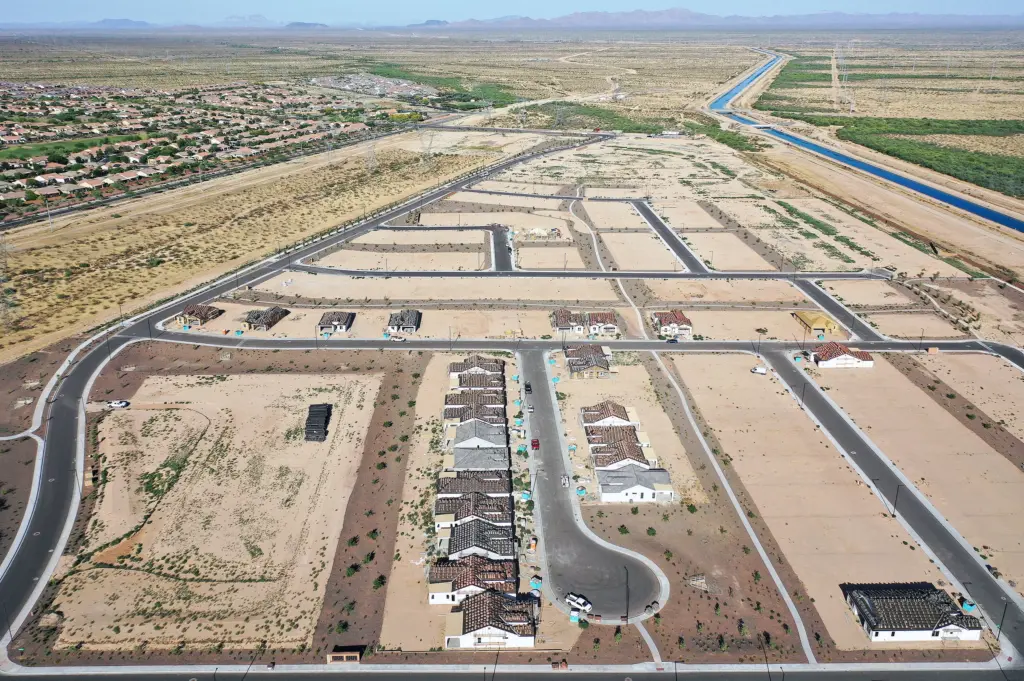3 Cities Face a Climate Dilemma: to Build or not to Build Homes in Risky Places
Posted
Last Updated
By npr.org.
With climate-fueled disasters killing hundreds of Americans annually and costing communities billions of dollars, a growing number of local governments are asking a basic question: Are there some places where people shouldn’t build homes?
It’s one of the most difficult choices a community can make. Local governments typically want more housing, not less, because budgets are generally funded by the property taxes from those homes. At the same time, a nationwide housing shortage is creating even more pressure to build.
“[If] you’re a local government, of course you want to develop,” says Katharine Mach, who studies climate change and housing at the University of Miami. “You’re building a community. You’re supporting livelihoods. You’re supporting tourism oftentimes. [And] there’s the pragmatic dimension of, you need the property taxes.”
As a result, putting limits on homebuilding can feel like a non-starter for the local officials who generally control land-use decisions.
But with often deadly extreme-weather disasters on the rise, the problem can no longer be ignored. In the last five years, floods, wildfires, severe storms and droughts have caused more than $580 billion in damage and killed hundreds of people. And some states are passing laws that put conditions on future growth.
NPR visited three places that are grappling with the question of how to stop building homes in harm’s way — with varying degrees of success. Whether it’s flooding, wildfires or drought that threatens a community, similar conversations are now playing out across the United States.
Two things are painfully apparent for many California cities: the massive statewide housing shortage and a growing danger from wildfires.
With some of the most expensive housing in the U.S., California’s cities face requirements to build more housing to boost supply
Read more at npr.org.

